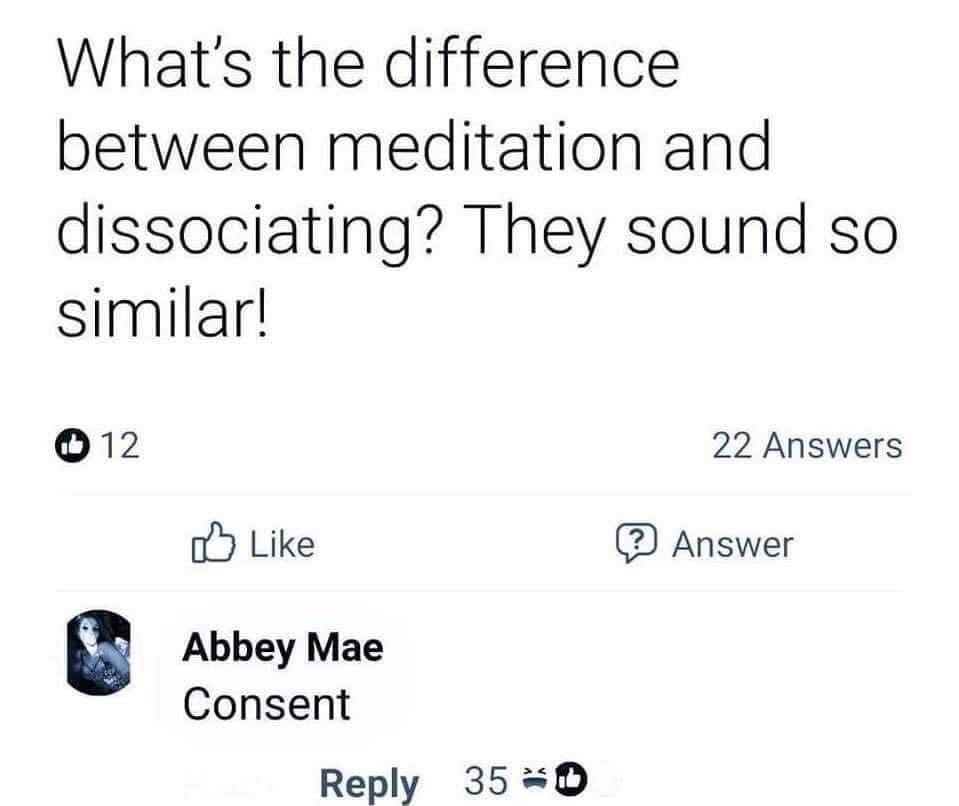Happy new year! I hope everyone had a wonderful holiday break. It’s been exhilarating to see the enthusiasm for this book proposal so far, and I’m proud to be sharing Part 2 today. This is divided into two sections — the first on the merging of the suffrage and temperance (anti-alcohol) movement, and the second (coming in a few days) is on the cross-pollination between child protection, food safety, and water sanitation concerns with the feminist movement.
As I mentioned last time, all of these are unedited, so all comments are very appreciated as I continue to refine this book proposal. Agent suggestions are also welcome — I’m in conversation with a few folks but haven’t committed to anyone just yet!
Shuck the Patriarchy* (Part 2.1/6)
*Phrase courtesy of Amy Larson, founder of Overseasoned
Temperance, Morality, and the Red Balloon
If you walked down the dark streets of New York City’s financial district in 1800 and followed the glow of red globe lamps, you would soon find yourself in the subterranean lair of an oyster saloon. These red “oyster balloons” adorned on the (aptly-named) Pearl Street and others signaled to passersby not just of a menu of bivalves – priced enticingly at a few cents per dozen – one level below, but of potential sex workers available as company. For proper “ladies” also looking to partake in beverages and oysters, it would not be until 1825 an alternative dining arrangement presented itself: Thomas Downing Oyster House at 5 Broad Street, just a stone’s throw from the New York Stock Exchange.

Upon opening, Downing’s establishment quickly became synonymous with premium oysters: raw, fried, or pickled; in velvety soups, scalloped, or pan-roasted, often hand-selected by Downing himself, an oysterman by trade. Another notable differentiator? Its elite white clientele, hailing from the upper echelons of fine society, included writer Charles Dickens and the British Queen Victoria. Boasting grand chandeliers, mirrored hallways, and ornate gold-leaf carvings, this didn’t seem a place where different worlds of morality were colliding – until one looked into its cellars.
Downing was an abolitionist, arriving in New York after hearing of Black oystermen making a successful life for themselves up north. Prior to his birth, his parents had been freed by Captain William Downing of Oak Hall, Virginia, after converting to the Methodist faith (which required its congregation to forego slavery). Just as morality was the impetus that set Downing’s future on its course, it also guided his work with the Underground Railroad: the cellars of his oyster saloon – which soon expanded to 3 and 7 Broad Street – became a regular safehouse en route to Canada.
As suited businessmen and wealthy couples drank whiskey and slurped oysters, multiple battles of morality coalesced around them. A Black man running a dignified establishment for white aristocrats, yet harboring “fugitives.” (New York state did finally abolish slavery in 1827.) Women collectively rising to demand more rights, yet disavowing the lower class and sex workers. A religious nation with a majority of its (legally recognized) citizens followers of Christ, yet blighted with increasing alcoholism in both the public and private sphere.
Perhaps destined for one another, the moral conviction of temperance (anti-alcohol) activists at the start of the century, many of them also women, blended seamlessly into the suffrage movement. Just as activists espoused temperance as the religious duty of men to uphold a proper quality of family life, granting women the right to vote was portrayed as a way of extending a woman’s morally superior judgment into the political realm. (A commonly held position of the time was that women were meant to be caretakers due to biological differences that gave them a more moral and virtuous nature.) Beyond their principles, these two ideologies also shared another common thread: neither was popular with the existing voting body of white men.
Enter the saloon – the perfect proxy for temperance activists and suffragists to wage a dual-fronted war. In an 1850s cartoon, two men stumble down the street with a ballot box; one is wearing a barrel labeled “Irish Whiskey,” while the other is clothed in a barrel of German “Lager Bier.” Another postcard from the era reads, “My boys may go to ruin through the legalized saloon by YOUR consent, but your boys never will by MY consent.” Together, what started as shared moral sentiment had taken a decidedly xenophobic and racial turn. Immigrants, making up nearly 13% of U.S. residents by the 1860s, were portrayed as ready to undermine American democracy and family life – in no small part enabled by their centers of community, the saloon.
In contrast to the luxe experience offered at Downing’s establishments, most saloons of the time were gathering places for the working class. In Chicago, saloon owner Joseph Mackin promised a free oyster for every drink. This exchange would soon become a regular fixture across big cities, as saloons expanded their base to include an increasing number of commuting workers looking for an inexpensive meal during lunchtime. (Hence the saying, “there’s no such thing as a free lunch.”) In immigrant neighborhoods, saloons were also political nexuses, congregating large groups of voting men to discuss the upcoming election, and even drawing in politicians eager to win their favor.
By the time the Anti-Saloon League was formed in 1893, all solutions to the national affliction of alcoholism seemed to point to temperance and women’s suffrage. Middle and upper-class white men simultaneously threatened by immigrant wage competition and political power warmed up to the prospect of a “dry” nation, as did businessmen looking to avoid paying worker’s compensation claims (started in 1911) filed by inebriated workers. The 1882 Chinese Exclusion had passed a little over a decade prior, as did the 1885 Alien Contract Labor law banning the recruitment of “unskilled” immigrant contract workers; extending the vote to women would cement this progress by ensuring “immediate and durable white supremacy,” as Mississippi Senator and suffragist Belle Kearney made clear in her 1903 address. “There are more educated women than all the illiterate voters, white and Black, native and foreign, combined.”
With morality now a shifting convenience, both movements found a third ally: the Ku Klux Klan (KKK). In the South, Jim Crow laws had made quick work dismantling the progress made by African Americans during Reconstruction (1863-1877), and the KKK was a powerful force in maintaining segregation, racist laws like the Black Codes, and anti-Black rhetoric. Some suffrage leaders deliberately roused these fears by conjuring images of Black men as “ravening human beasts,” as suffragist Rebecca Latimer Felton pronounced in her 1898 speech, emboldened by a bottle of alcohol and out to prey on a “woman’s dearest possession.” In response to such attacks, she condoned what the KKK was already doing: lynching, “a thousand times a week if necessary.” (The far more common reality of sexual violence experienced by African American women at the hands of white men was conveniently ignored.)
Hand in hand, Prohibition (19th Amendment) and women’s suffrage (20th Amendment) passed within a year of one another (1919, 1920). Both carried different weight on paper versus practice. Prohibition drove drinking establishments underground, as visible saloons fell out of favor to hidden speakeasies. Since the law only punished those manufacturing or selling alcohol, white drinkers were protected while racialized policing of Black and immigrant brewers, distillers, and bar owners became the new norm for “law enforcement.” The new path to the poll booth was similarly disingenuous: Black women (and men) were barred from participating with poll taxes, literacy tests, and threats of violence. Indigenous, Latina, and Asian women – including Chinese-born suffragist Mabel Ping-Hua, who even led a suffrage parade in New York – could not vote when they did not hold citizenship.
“Purcell calls on white women to qualify to vote,” trumpeted Virginia newspapers in the fall of 1920. “Action essential to race domination.” Almost a century after Maria Stewart’s address at Franklin Hall, first-wave feminism left little delusions about which women it was concerned with. For women of color, there was still much more to fight for.
Read Pt.1: Recipes of A Certain Class
Read Pt. 2.2: Toxic Oysters, Poisoned Children, and Dirty Water
This Week’s Meme Roundup
Personal Things From This Week
Listening to: Some more 8D lo-fi
Watching: The Menu — it’s excellent, and I would highly recommend!
Reading: Case briefings on restraint and seclusion in schools for my policy class this week — absolutely horrifying
Eating: All my mom’s cooking! The best!
Drinking: Topo Chico is back in stock near me!!
Nice thing I did for myself this week: Got a massage at La Moon Thai Spa — my fave in the area!










